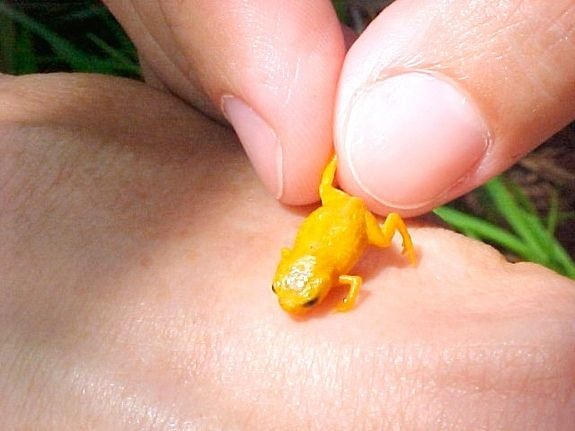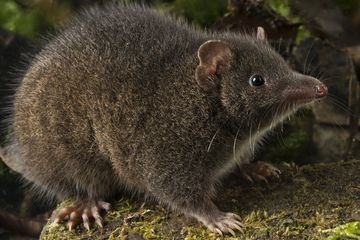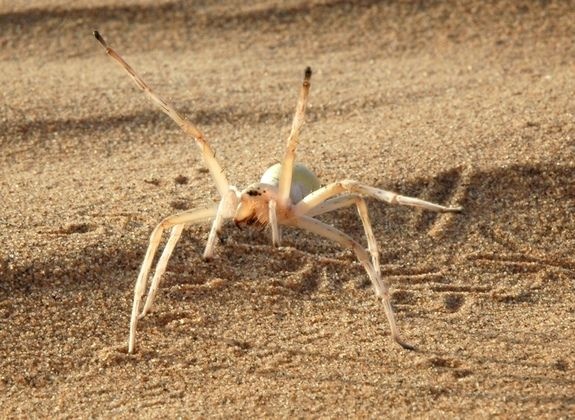Science has identified some 2 million species of plants, animals and microbes on Earth, but scientists estimated there are millions more left to discover, and new species are constantly discovered and described. The most commonly discovered new species are typically insects, a type of animal with a high degree of biodiversity. Newly discovered mammal species are rare, but they do occur, typically in remote places that haven't been well studied previously. Some animals are found to be new species only when scientists peer at their genetic code, because they look outwardly similar to another species — these are called cryptic species. Some new found species come from museum collections that haven't been previously combed through and, of course, from fossils. Read below for stories about newly discovered species, both alive on Earth today and those that once roamed the planet.

Don't sneeze — you might blow away a newly discovered species.
Scientists have uncovered seven new species of teeny-tiny frogs, each smaller than a thumbnail, in the Brazilian Atlantic Rainforest. Theminiature frogs live on isolated mountaintops in the cloud forests.
The mountaintop habitats are like isolated islands, making the frogs vulnerable to threats such as climate change. Illegal deforestation and cattle ranching also threaten the frogs' habitat, researchers report today (June 4) in the journal PeerJ.

"This species now apparently only lives in tiny, fragmented stands of intact forest that are under threat," Baker added. "It's a shame that mere moments after discovery, these little Tasmanian marsupials are threatened with extinction at human hands."
In fact, Baker has already tried to place two of the other antechinus species he discovered — the black-tailed and silver-headed antechinus — on the state's threatened species list.
"Both these species are found on remote mountaintops in southeast Queensland," Baker said. "These species have already retreated to their misty mountain summits. In the face of ongoing climate warming, they have nowhere left to run."

A morbidly maternal wasp, a crop-circle-creating pufferfish and an acrobatic arachnid are among the bizarre and awe-inspiring new species named in 2014, according to a new ranking.
Some 18,000 species were newly named and identified last year — a tiny fraction of the estimated 10 million or so species yet to be discovered on Earth. (Scientists have identified and described about 2 million species thus far.) To draw attention to the planet's unexplored biodiversity, scientists at the SUNY College of Environmental Science and Forestry's International Institute for Species Exploration (IISE) picked just 10 of the 18,000 species to highlight.
Among them is the creepy "bone house wasp," Deuteragenia ossarium. Females of this species create nursery chambers for their eggs in hollow plant stems, stocking each chamber with a dead spider so the young have sustenance upon hatching. Then, in a truly bizarre twist, the wasp moms build a final antechamber to their nests, filling it with ant corpses. Researchers suspect the dead ants give off scents that keep predators away from the vulnerable wasp hatchlings.



